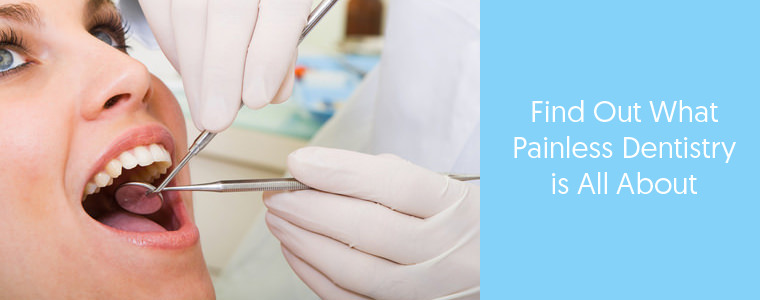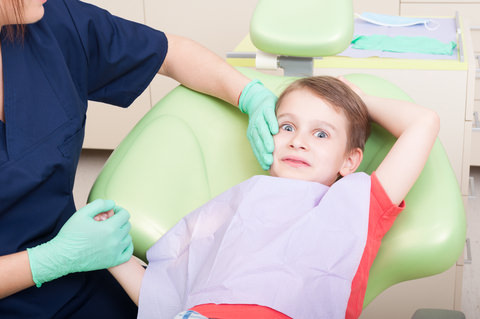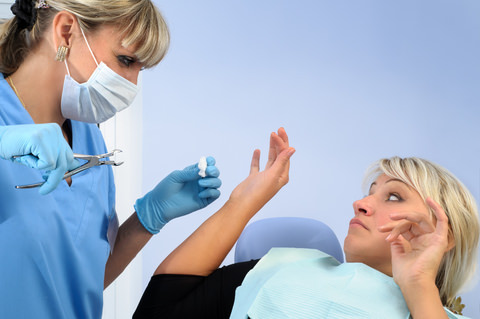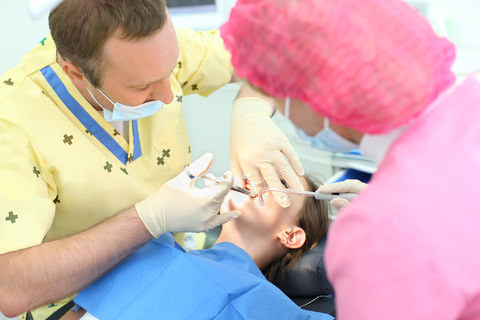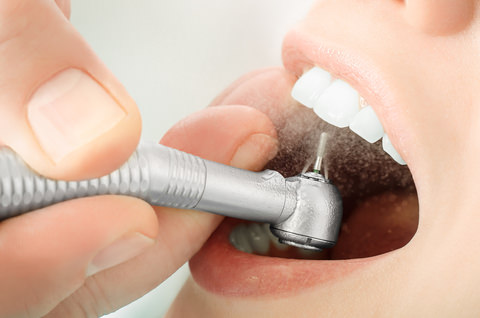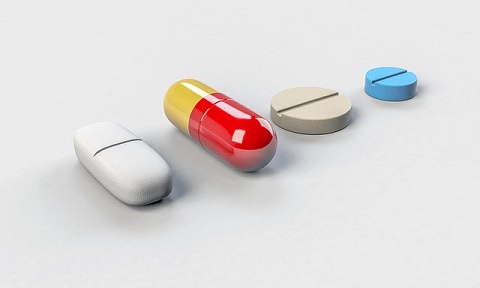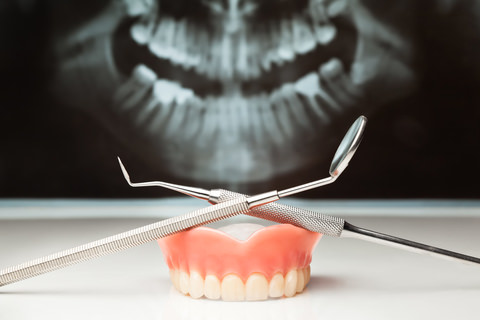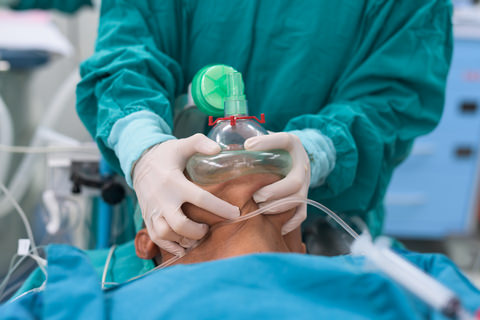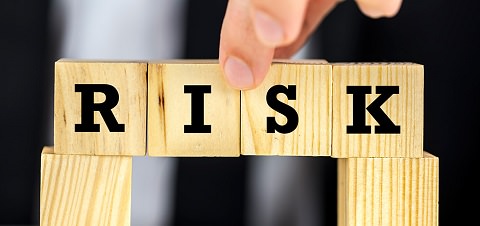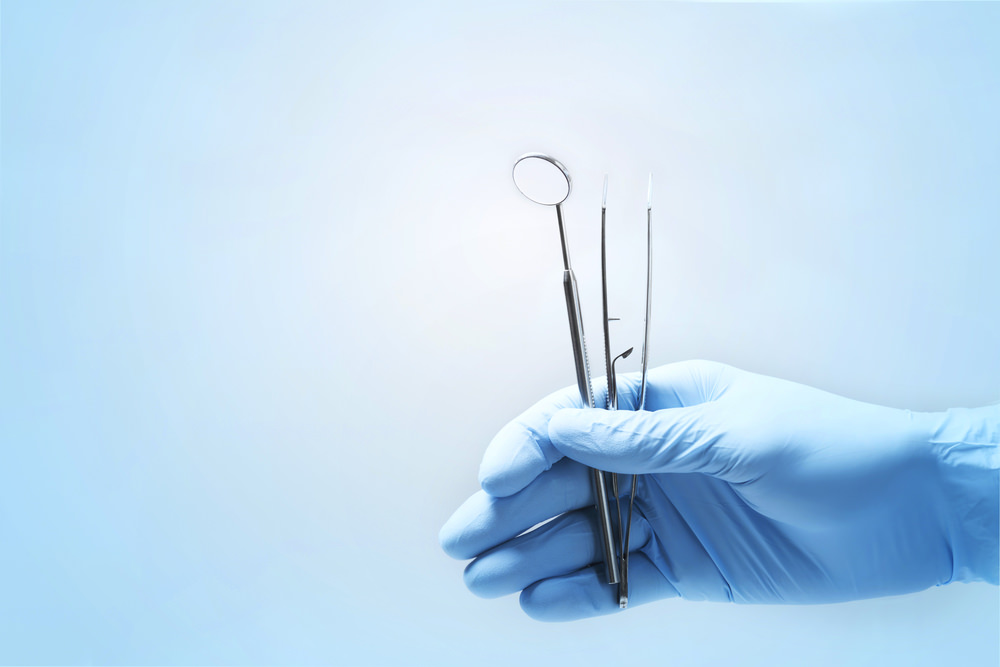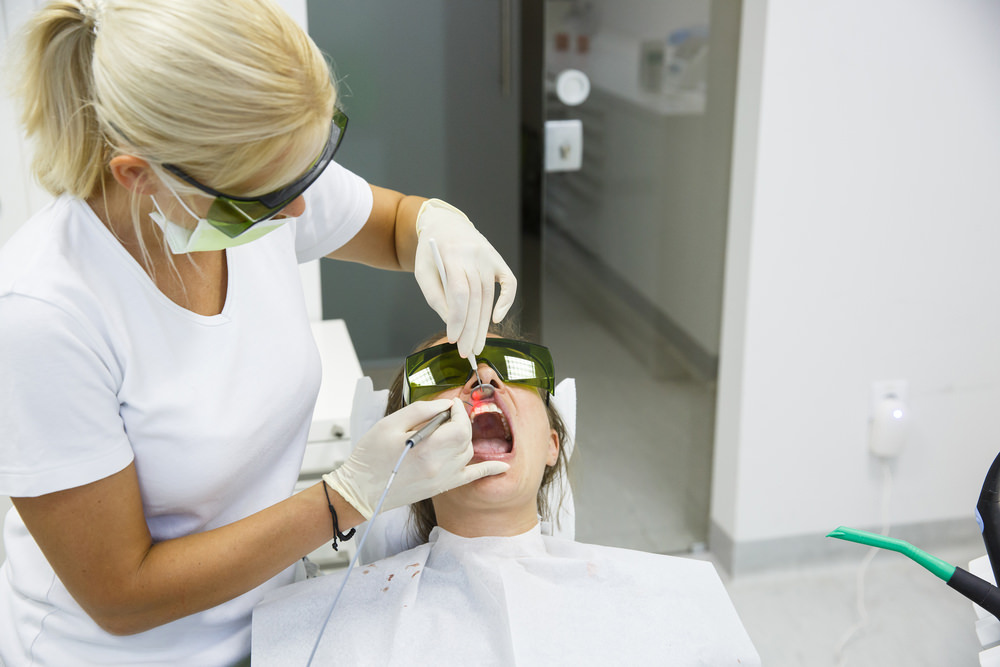The Truth Behind Painless Dentistry
Not long ago, a visit to the dentist would picture something like a bruised mouth, swollen gums, and spitting blood in the sink.
Dental procedures were tough, and patients were expected to clench their fists when the dentists brought about their instruments of operation; it is no wonder that the prospect of visiting the dentist is met with fear and anxiety.
Not only do people dread it, but they do whatever is possible to avoid or at least postpone their visit.
With the breakthroughs, humanity has achieved in the fields of medical technology, procedures and the modus operandi of all health practitioners has changed significantly.
Same is the case with dentists, who offer healthier and safer procedures to their patients with minimal pain – quite contrary to public perception.
Jump to Contents
What Is Painless Dentistry?
As the name suggests, painless dentistry is the option of having your oral medical procedures and surgeries done with a minimum, almost no pain at all.
If you don’t look forward to your dental appointments and avoid visiting the dentist only until it is very important – you are not alone.
According to research, 30 to 40 million Americans ‘avoid’ seeing the dentist because of anxiety and fear.
Similarly, the British Dental Health Foundation surveyed people who did not see a dentist and a whopping 36% cited ‘fear’ as the main reason behind it.
Australians are not far behind.
The National Health and Research Council wrote an article and in it confirmed that “High dental fear affects about one in seven Australian adults making it one of the most prevalent anxiety disorders in the country”.
So how does the dental fraternity counter this issue?
By means of painless dentistry.
Painless dentistry is making use of latest medical technology such as laser and the highly popular sedation dentistry techniques to make the process of dental treatment as painless as possible.
The technological evolution of instruments and procedures has led modern-day operating dentists to offer a significantly less painful and traumatic experience to you than dentists of 10-15 years ago, even if they don’t claim to be ‘painless.’
However, painless dentistry should be advertised only where patients derive the benefits of state-of-the-art technology and services and not for the sake of it.
Are People Scared of Dental Procedures?
The simple answer is yes. However, there are several layers to it.
What is it about a stranger poking around our mouth that makes us nervous?
The fear of oral procedures and dental offices is not a small one. It is, in fact, a very grave issue that plagues people lives.
While most people exhibit dental anxiety to a certain extent, the matter is much worse for some patients.
Some develop so much of the fear that it affects their everyday life – classifying as odontophobia, from the Greek words for tooth and fear.
People mistakenly confuse the two terms for the same thing, but that is not the case.
People with dental anxiety feel a sense of uneasiness creep in as the date of their dental appointment looms closer, coupled with a sudden pain in the stomach and unwillingness to go.
Dental phobia, or odontophobia, is a much more severe condition.
It is not uneasiness, but an intense dread for the treatment and everything associated with it such as the dentist, dental office, etc.
Patients that experience dental phobia are panic-stricken and fearsome of the prospect of opening their mouth to a stranger.
There are varying levels of fear exhibited by the people, such as never visiting the dentist for some of the extreme cases and feeling sick in the waiting room or the night before.
Bad Experience in the Past
Phobias and fears often have roots in the past.
An unpleasant or painful episode with the dentist as a child is likely to develop over time into a lifetime fear.
Although new research and inventions are paving the way for a pain-free trip to the dentist, this was not the case until recently.
The cause may be rooted in a dental visit that occurred long before the advancements leading to painless dentistry.
A tooth filling procedure where the doctor started drilling before the numbing agent (Novocain) kicked in might hurt for a few moments, but it scars a person for life.
Pre-existing Anxiety or Post Traumatic Stress Disorder (PTSD)
Loss of control or feelings of helplessness is known to trigger anxiety or act as a trigger for PTSD reactions.
Seated in the dental chair, a patient is expected to lay still and wait for the unknown. Drilling? A minor cut to the gum tissue? Cavities?
The constant questioning gets to them and triggers anxiety.
Furthermore, PTSD patients are vulnerable to being triggered by an apparent sense of helplessness.
Lying around without being able to see what is happening inside their mouth or around worries them and they avoid placing themselves in that position.
Low Level of Self Confidence
Biologically, humans are ingrained with the instinct to guard their mouth.
For many people, the mouth is a private part of their body. A stranger looking inside makes them feel uneasy and uncomfortable.
This is particularly true, especially if they are low on confidence about how their teeth look.
The physical closeness of the dentist when examining your teeth is also a cause of worry for some patients who cannot tolerate physical proximity.
How Can Painless Dentistry Help?
Most of the factors behind dental anxiety and odontophobia are triggered by pain or the public perception of pain.
In this regard, a ‘Painless Dentistry’ option can act as a comforter for the people who opt out of dental appointments due to the perceived pain.
The more people try out such options, the more they will refer them to their colleagues, family, etc.
Furthermore, sedative dentistry (a component of painless dentistry) helps calm people.
This is crucial for anxious people who are unable to stay still during a procedure.
Here’s a non-exhaustive list of people Painless Dentistry procedures can help:
- Consistently postpone appointments due to fear
- Allergic or fear shots or needles.
- Possess sensitive teeth.
- Have gone through a traumatic dental experience.
- Face difficulty getting numb.
- Possess complex dental problems.
- Are to busy to complete dental work.
- Have a very serious gag reflex.
- Have an issue or fear of noises, smells, or tastes associated with dental care.
- Are afraid & embarrassed about their teeth.
Other Measures
There are a variety of measures, other than sedation methods that enable dentists to do their jobs without inflecting pain.
Lasers
Lasers have witnessed significant improvements in their accuracy and precision of use as technology advances.
They are used by dentists for soft tissue work, like gum surgery, and is proven to be far less painful than traditional cuts with the knife.
Lesser the cuts, lesser the blood and pain.
Digital X-Rays
The world has moved past the oversized pieces of cardboard you would find impossible to bite.
Skinny phosphorous plates are the newest invention that makes having an X-Ray of your teeth done with relative ease.
It provides easier and better X-Rays while minimising discomfort to the patient.
Sedation Dentistry
While lasers and other advancements have reduced the pain barrier involved in visiting a dentist, there is still some pain involved in the process.
Sedation ensures that even that pain is minimised.
It is effective in reducing the anxiety levels and enables dentists to work uninterrupted.
Levels of Sedation
Minimal sedation: A relaxed state where the patient is completely aware.
Moderate sedation: Awake, but not completely aware. May slur words while attempting to speak.
Deep sedation: Almost asleep, but can be awakened by a gentle push.
General anesthesia: Complete unconsciousness.
Types of Sedation
A gas mask is placed over your nose, and nitrous oxide (famously known as the happy gas) and oxygen are released.
The gas helps you relax and calm down. The gas wears off quick enough to let you drive yourself home.
Oral Sedation
Oral sedation can range from light to heavy dosage, impacting consciousness.
For a light sedation level, a pill is given.
Typically, the pill is from the drug family of Valium (the sleeping pill) and is taken approximately 5—60 minutes before the procedure.
A lower dose may render a person drowsy while a larger dose will constitute deep sedation.
Are Painless Dentistry Methods Expensive?
Much like other dentistry procedures, the cost for advanced painless dentistry procedures also varies due to different parameters.
Parameters such as your individual insurance coverage, geographic location, your dental affiliation, and the state of your oral hygiene being the most important.
Generally, costs can range from $300 to $1000, depending on the type of sedation used.
In most of the cases, light sedation is administered using nitrous oxide and pills which costs around $200-$300. However, this fee does not include treatment charges.
IV sedation and deep sedation (usage of anesthesia) are reserved for dental surgery which is a complex operation. This carries additional costs which are typically billed hourly.
Insurance policies do not typically cater to sedation dentistry techniques.
However, with the rise in usage of advanced methods of performing dental surgery insurance providers may look into it.
You would gain more insight through contacting your insurance provider, as some providers may provide coverage for such dental expenses.
Is Painless Dentistry Safe?
While pills and nitrous oxide are generally considered safe, there is always a risk involved in administering anaesthesia.
However, there are safety parameters set by relevant authorities and boards to enable safe practice.
For instance, one parameter is the qualification of the dentists.
Most dentists are qualified in their training duration to administer nitrous oxide and minimal sedation through pills.
Up and coming number of dentists are also qualified to administer moderate sedation.
However, deep sedation and use of anaesthesia are only restricted to dentists who have completed the appropriate training and qualifications.
Use of complex techniques requires expertise, which is why typically certified dentists are oral and maxillofacial surgeons and dental anesthesiologists.
- Make the dentist go over your medical history. The dentist should verify your eligibility to undergo a sedation session.
- Ask and observe the dose is appropriate as per health and age.
- Check up on the dentist’s experience; in general, and in administering dosages.
- Read the document about sedation acknowledgment Go over any risks that are unclear, or you are unsure about.
- Have somebody monitor the vital health signs during the procedure or surgery. Check these health lines on the Australian Dental Association.
- The dentist should also have oxygen, referred to as artificial ventilation, and drugs that reverse sedation in case of need.
Conclusion
The rapid development in the field of medical technology is paving the way for more precise and feasible methods of helping people, minimising the mental and physical pain afflicted during such procedures.
Painless dentistry is still a newcomer in the field as opposed to the traditional methods but provides significantly better alternatives that are more accurate and safer.
It is only a matter of time before such methods replace traditional methods as the norm as customer awareness also rises.
Have you ever experienced a dental procedure using advanced or traditional methods? How was your experience? I would love to hear it!
By Dr. V
Created at September 15, 2018, Updated at January 25, 2025


